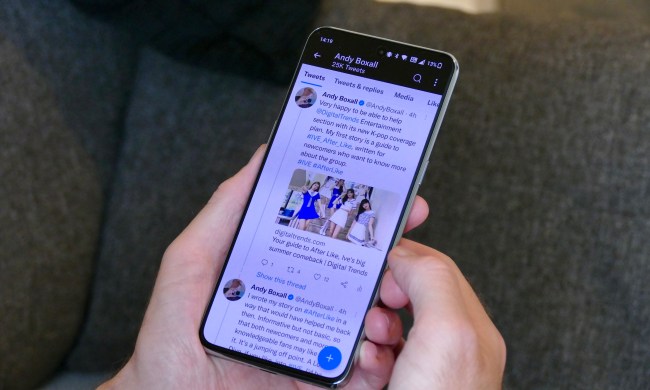 A study that analysed millions of tweets over a period of two years has revealed that people are most cheerful soon after waking up. Their mood then worsens as the day continues, before lifting again last thing at night.
A study that analysed millions of tweets over a period of two years has revealed that people are most cheerful soon after waking up. Their mood then worsens as the day continues, before lifting again last thing at night.
Sure, most of us probably could’ve guessed this would be the case, but here’s a study that appears to confirm it.
Researchers at Cornell University in New York state looked at more than half a billion tweets by 2.54 million individuals in 84 countries and discovered that people generally wake up in a good mood (well, after that initial bleary-eyed phase passes) but as the day goes on their mood gradually worsens.
The results of the study, which was carried out by Cornell graduate student Scott Golder, were published in the journal Science on Thursday.
Together with another graduate student, Golder came up with a computer program that pulled information from all Twitter accounts which were set up between February 2008 and April 2009. Four hundred messages were analysed from each of these accounts.
They then used a text analysis program to look at the type of language used and the time of day that the tweets were written and posted.
Out of the all the data they collected, the researchers concluded that people the world over were in the best mood early in the morning and again close to midnight. On the weekend, the good-mood peak was a little later in the morning, presumably because people were sleeping late.
The authors noted that the mood cycle on weekdays (when most people are working or studying) was very similar to that of weekends (when most people are relaxing), indicating that sleep patterns and circadian rhythms had a big influence on mood regardless of the stresses of the day.
From behavior-oriented words in the tweets, they also discovered that bacon is more popular than sausage and that it takes an average of seven hours to become drunk (that seems rather long, doesn’t it?). This finding was based on the time between tweets about “beer” and later tweets about being “drunk.”
A medical sociologist at Harvard University, Dr. Nicholas Christakis, said that while the results of the study may not seem so astonishing, what it does show is how web users’ “little digital breadcrumbs” can be used for research.
But as psychologist Martin Seligman from the University of Pennsylvania pointed out, using social media for research also throws up the problem of ensuring you have a representative sample. “Young, educated, rich people use social media. Rural Indian farmers do not,” he said.
[Source: LA Times]
[Image courtesy of Supri Suharjoto / Shutterstock]

